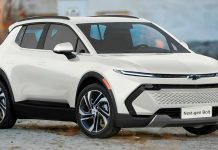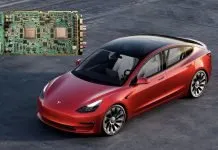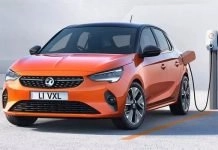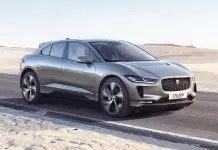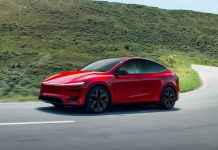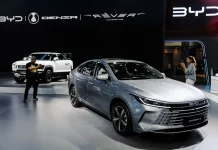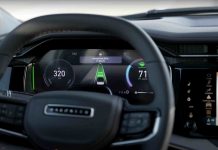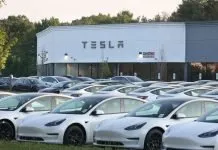The average price of an electric vehicle (EV) in the U.S. auto industry became the lowest in the history of the industry. During July and August, EV buyers were paying an average of less than their combustion-driving counterparts. It is one of the milestones that demonstrates the rapid development of the electric market. However, analysts caution that the price benefit might be short-lived, and purchasers looking forward to getting a bargain may have to act swiftly.
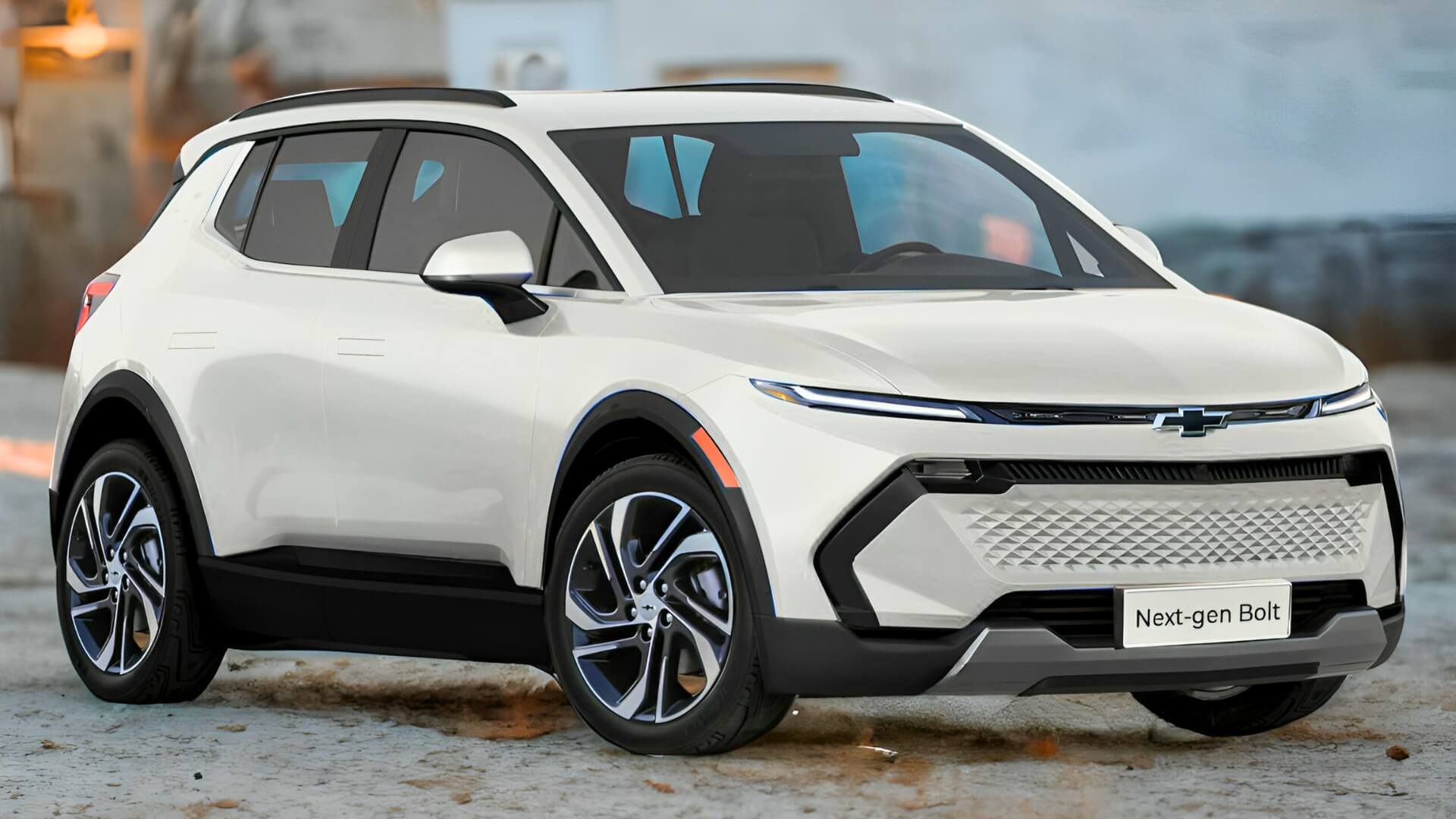
A Historic Shift in Pricing
Over the years, EVs have had a reputation for being expensive as technology advanced and model selection increased. First movers tended to set a high price, which was brought about by high-cost battery packs and sparse competition. That story changed in the summer of 2025. The industry data show that EVs were selling at lower prices than gas-powered cars for two consecutive months, resulting from a combination of high manufacturer discounts, dealer incentives, and constant federal tax credits.
Gas cars, in the meantime, have been experiencing an increase in average prices, which has been driven by the continued demand for SUVs and trucks by consumers, who traditionally prefer higher-margin vehicles. What came out was an uncommon crossover point to which the stereotype of an expensive EV no longer applies, at least in the short term.
Why EV Prices Fell
There were a number of forces that combined and pushed EV prices down. Tesla, Ford, and Hyundai (among others) have reduced the sticker prices in order to remain competitive in the face of falling demand. As EV adoption began to level off following a period of rapid growth, dealers began to have more inventory than anticipated. Forms of incentives such as zero-interest financing or cash rebates were widespread.
On top of it, the federal incentives in the Inflation Reduction Act (IRA) also made the deal even sweeter on eligible vehicles. The buyers of qualified EVs were eligible to receive a deduction of up to $7,500 off the purchase price, which immediately reduced the margin between them and the gas-powered competitors. Tesla is even teasing the most anticipated Affordable Model Y on a leaked software update.
Costs of batteries have been privately decreasing too. The prices of Lithium and other vital minerals fell in 2024, making EV production cheaper. Automakers took part in such savings and passed them to consumers, which provided consumers with an unusually appealing buying experience.
Consumer Behavior in Flux
The affordability of EVs in the short term has exposed more mainstream consumers to the segment. EVs had been rejected by consumers who found them too costly previously. Dealers are saying they are getting more pedestrian traffic, especially customers who are looking at the lower EV models or who are looking at cross-shopping with compact SUVs.
Still, challenges remain. The infrastructure is not spread equally throughout the U.S., and range anxiety is still frustrating drivers in rural and suburban areas. Although the price parity moment is critical, analysts emphasize that EV uptake depends on more widespread increased convenience, infrastructure, and long-term dependability- not just on sticker prices.
What It Means for the Market
The reduction in the price highlights the dynamism in the EV market. The push to increase electric offerings and the economics of profitability are at odds with each other among automakers. Investors are following keenly whether the short-term discounts cut the margins or will manage to increase the adoption.
The implication of this to consumers is simple: this is perhaps the most opportune moment this year to purchase an EV. However, those who are waiting for the prices to continue lowering will be disappointed. The trends in the industry show that the present pricing window is an exceptional event and not the start of a long-term change.

